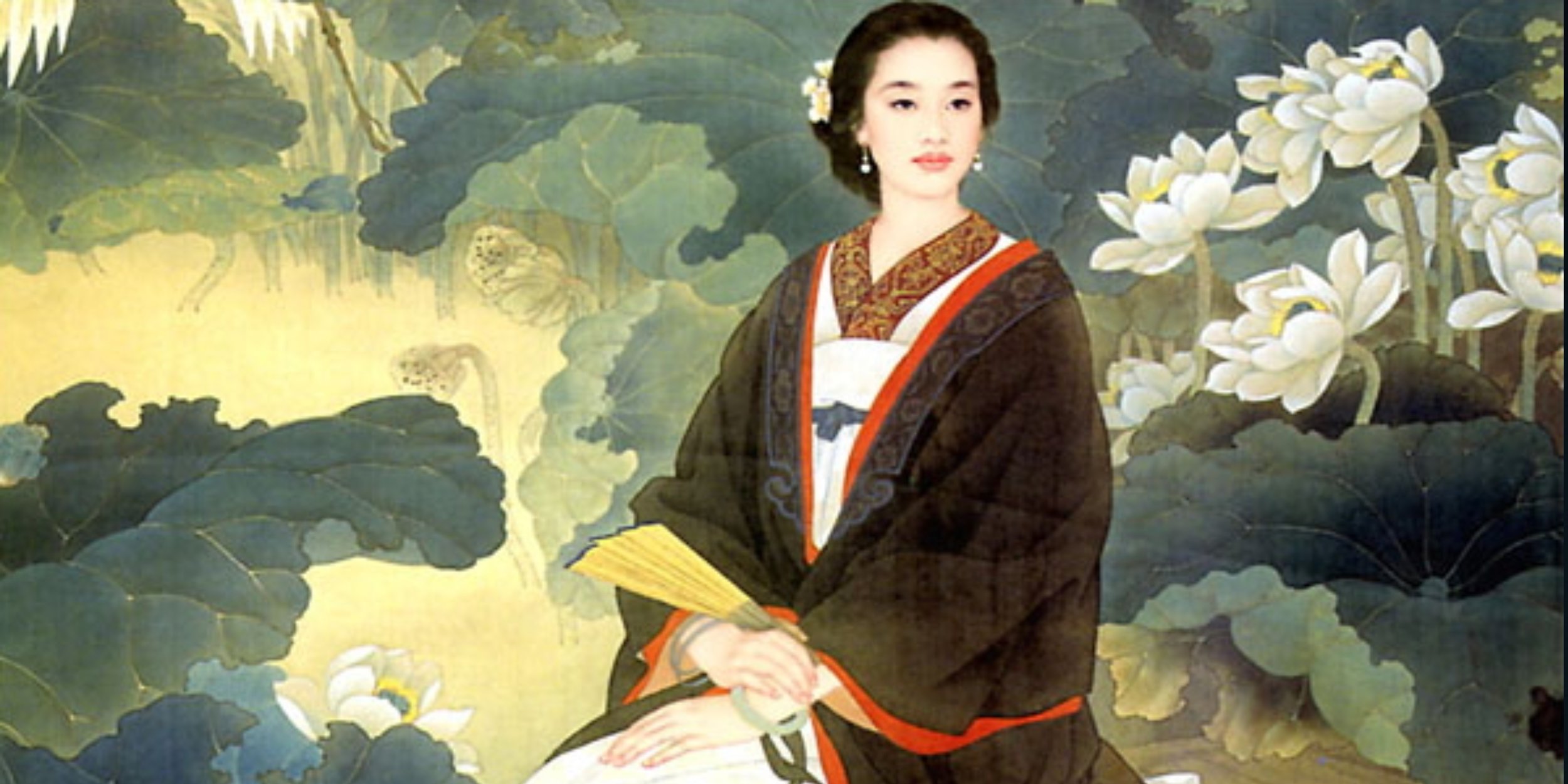On April 15, 1989, former General Secretary of the Chinese Communist Party died in Beijing. What came next changed China forever.
From the Archives: On Lamas in the White House
Who Killed Pamela Werner?
Politics Squared: A Look at Tiananmen Square and the Chiang Kai-shek Memorial
The Battle of Yamen and the End of the Song Dynasty
As ships sank and the sea off the coast of Guangdong filled with corpses, the Mongol ships approached the vessel carrying Zhao Shi and his court. According to legend, rather than hand the boy over to the enemy, Lu Xiufu, a prime minister in Zhao Shi’s court, grabbed the young ruler and jumped into the sea drowning them both.
Meet the Great Chinese Women Your History Teacher Forgot to Mention
The Refugee Emperor
Moving Out: Beijing’s “Rejuvenation” Enters a New Phase
China’s Growing Role in Southeast Asia Reopens Old Wounds
China’s competing legacies on show at National Palace Museums in Beijing and Taipei
Swine Fever: Celebrating Chinese History’s Most Famous Pigs
China’s Struggles to Reconcile Church and State are Rooted in History
Crouching Tiger, Hidden Gecko: The Tale of an Unexpected Reptilian Visitor
Tea for Who? On the Hunt for the Elusive Cuppa in the Capital
China’s Ghostwriter: The True Story Behind Jackie Chan’s New Movie “Knight of Shadows”
Beijing's 'Great Brickening' Encroaches Deeper Into Residential Areas
While “The Brickening” has so far mostly affected commercial properties, including wiping out many well-known and beloved food and beverage institutions, the next phase in Beijing’s ongoing urban rejuvenation will start to affect residents of areas designated as historical and cultural conservation zones. These areas are mostly located within the Second Ring Road north of the Forbidden City.

























